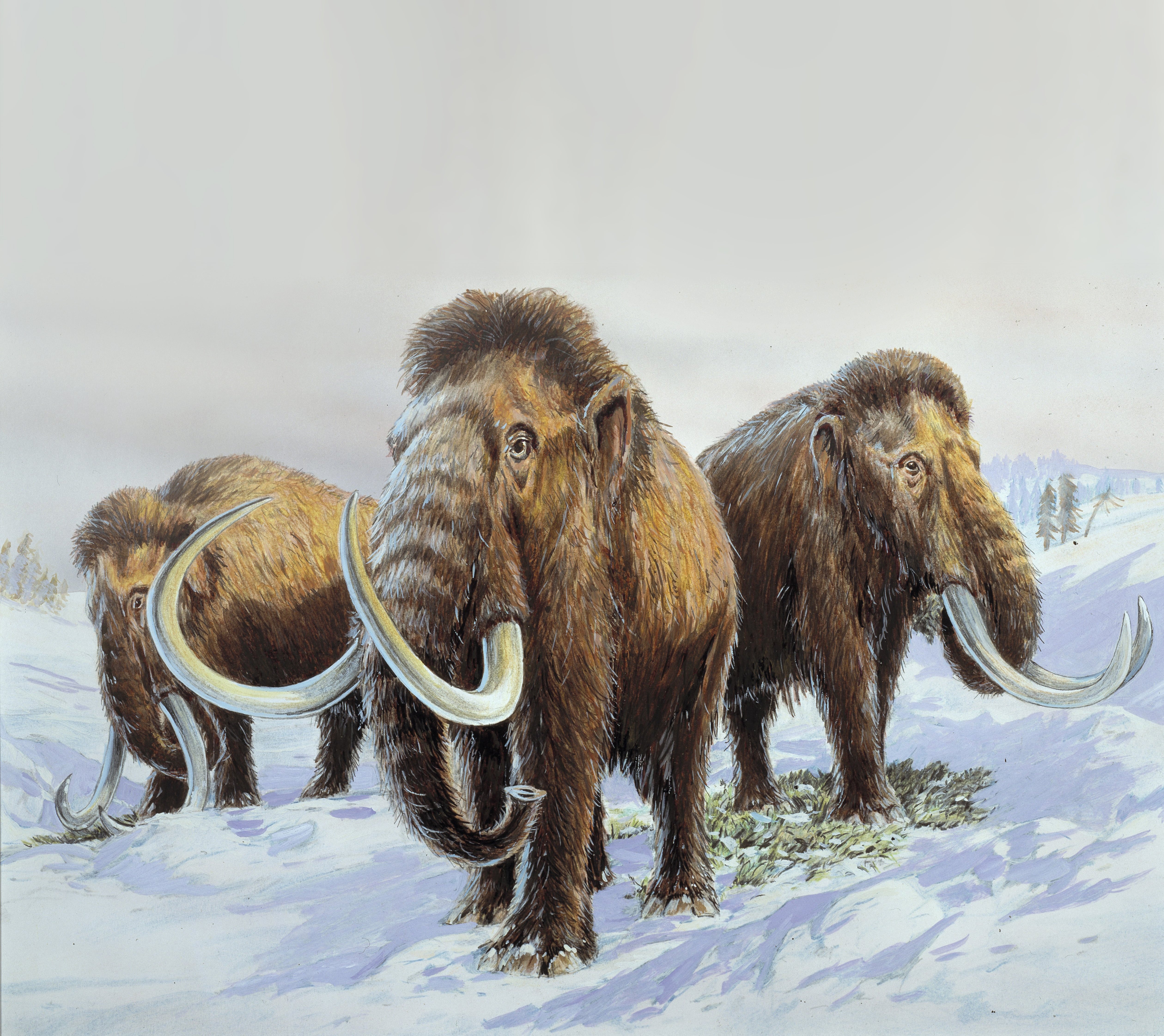Five ‘pristine’ ice-age mammoth skeletons unearthed in the Cotswolds
The finds will be showcased in a documentary with Sir David Attenborough on the BBC

Five ice-age mammoth skeletons in “near-pristine condition” have been discovered in the Cotswolds.
The discoveries will be presented in a new BBC One documentary fronted by Sir David Attenborough, Attenborough and the Mammoth Graveyard, to be aired at the end of December.
The 200,000-year-old finds, found near Swindon, include two adult mammoths, two juveniles and an infant, according to The Observer.
Tools used by Neanderthals were also found in the dig at a gravel quarry, as well as elks, dung beetles and extinct varieties of pollen and seeds.
The myriad of finds will be explored by archaeologists from DigVentures, a social enterprise which supports archaeologists, in the upcoming documentary.
Professor Ben Garrod, who will appear in the show, described the objects as “one of the most important discoveries in British palaeontology”.
“Where these mammoths lie in the ground is exactly where they died a quarter of a million years ago,” he added. “Next to incredible things like stone tools and the snails they trampled underfoot.
“We have evidence of what the landscape was like. We know what plants were growing there. The little things are really revealing the context of these big, iconic giants.
“It’s a glimpse back in time. That’s incredibly important in terms of us understanding how climate change especially impacts environments, ecosystems and species.”
Lisa Westcott Wilkins of DigVentures told The Observer that the mammoth skeletons were in “near-pristine condition”.
She said: “Exciting doesn’t cover it. Other mammoths have been found in the UK but not in this state of preservation. Archaeological sites from this period are rare, and critical for understanding Neanderthal behaviour across Britain and Europe. Why did so many mammoths die here? Could Neanderthals have killed them?”
A couple of part-time fossil hunters, Neville and Sally Hollingworth, are thought to be behind the finds. They called in DigVentures to help with the excavation after they found a Neaderthal hand axe.
Ms Hollingworth said: “We were originally hoping to find marine fossils, and finding something so significant instead has been a real thrill.
“Even better than that is seeing it turn into a major archaeological excavation. We couldn’t be more please that something we’ve discovered will be learned from and enjoyed by so many people.”
Subscribe to Independent Premium to bookmark this article
Want to bookmark your favourite articles and stories to read or reference later? Start your Independent Premium subscription today.

Join our commenting forum
Join thought-provoking conversations, follow other Independent readers and see their replies